Sunday morning musings, with our coffee and the newspaper, and we’re imagining all the dire expectations for an upcoming political and economic collapse. The zombie apocalypse is a good framework for the thought experiment of weathering any kind of disaster from natural (earthquake being the most likely in the PNW), or economic. We’re in our late 40s and a crash in the next few years will decimate our retirement, and I have no desire to be eating cat food and knitting my own socks.
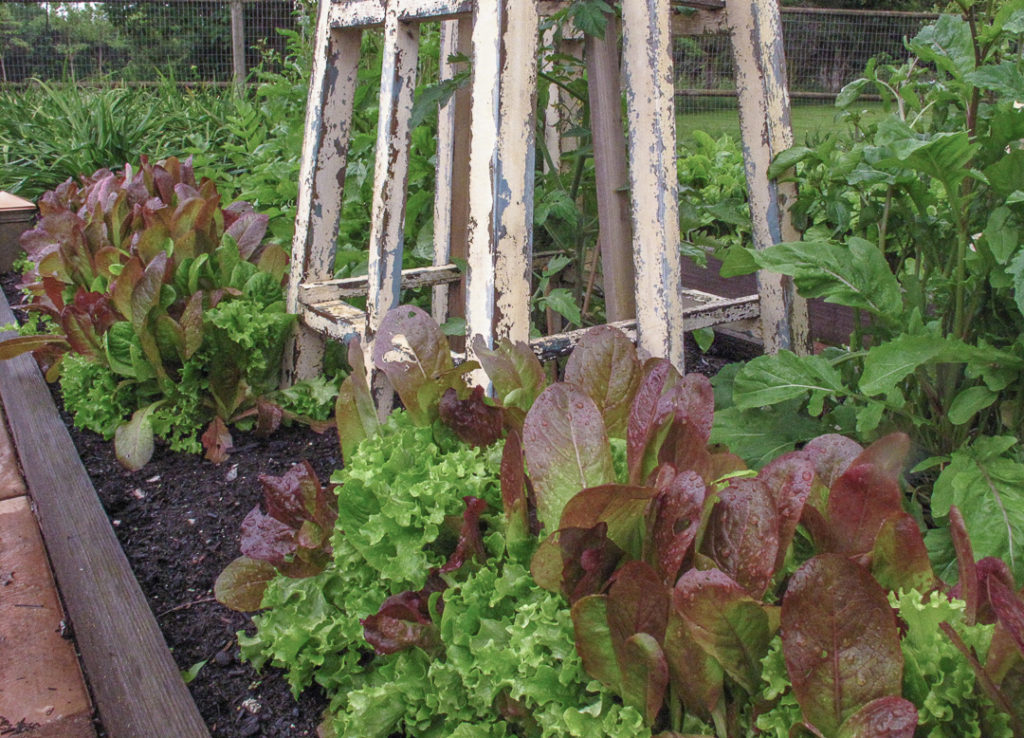
When you look at previous collapses (hello, Middle Ages? The Great Depression?), prosperity through hard times comes not from knowledge-work like scribes in monasteries, but instead from people who do real work … farming to feed the people, blacksmithing or welding to make or fix the tools. Or maybe start a war and build airplanes.
What about today? Those poor Amazombies have great software skills, but I sure hope they have real-life skills too. (Of course, this is Seattle, so we’ll have a lot of people brewing beer.)
For the past several years, I have been obsessed with how I will feed my family. It’s mainly a thought experiment, from the comfort of my couch. However, I wonder how will I ensure we have enough protein and calories to make it through tough times? Thank goodness my teenager is obsessed with prepping so we have tinned food stores to get through the imminent Full Rip 9.0 earthquake. But after that, we’ll be dependent on the National Guard, or our own vegetable garden.
My Top 12 Crops for Surviving the Zombie Apocalypse
- Chickens
- Potatoes
- Hazelnuts
- Kale
- Lettuce
- Seaweed
- Onion and Garlic
- Herbs
- Blueberries
- Apples
- Radishes and Carrots
- Flowers
Proteins
Much to my husband’s chagrin, the obvious choice for us is chickens. Coming up with a system for raising dual-purpose egg-layers and Sunday roasts will be critical. They will be great at turning kitchen scraps into nutritious eggs. Fortunately, it’s breakfast with benefits because their manure is great for the garden too. I will have to come up with a system for feeding them … either storing or producing enough grains to support the right sized flock will be an interesting math problem. Fortunately, they are omnivores and we have plenty of slugs.
Building a new chicken coop will become my next infrastructure priority.
The second most nutrient-dense crop we can grow is Potatoes. Being in the Pacific Northwest, choosing cold-weather (really, cold-summer) crops will be a factor. Potatoes (solanaceae) are preferable over the warmer-season Sweet Potato (Ipomoea batatas). My favorite is the Makah Ozette, which I wrote about for our school garden, the only potato grown continuously in the Americas for 200 years. We grew potatoes in long beds last year, but it wasn’t very satisfactory, so I will try some old garbage cans this year, to grow them vertically. I saved some lovely dark purple potatoes (variety unknown) from last year and am eager to get them going!
I have also considered Nuts. Cultivated Hazelnuts or Filberts (Corylus avellana) grow well in Oregon, but not widely grown commercially in Washington. They bloom in very early spring (Jan/Feb) and their tiny red flowers need two different varieties for pollination. Sadly my contorted filbert, also Corylus avellana, has a different allele configuration, and will be incompatible as a pollinator. OSU Extension has a series of great articles regarding variety compatibility, so I will select a few varieties that are resistant to the Eastern Filbert Blight. Because this is a crop that will take 5 or so years to mature, I should get started now.
Greens
Avast, me hearties! No scurvy here! Growing greens will be important to me, and Kale reigns king due to its vitamins (C, A, K and B6) as well as minerals (Potassium, Calcium, Manganese and Magnesium). I’m really excited to try the new Purple Moon Kale, donated by Renee’s, a long-time supporter of Garden Comm. I also independently bought several varieties from Territorial Seeds: the variegated Casper, frilly and compact Prizm, and dark Scarlet. Good thing I love my smoothies!
Lettuces, especially the cut-and-come-again varieties and staggering head-lettuce production will be an interesting math problem for me to try this year. I will try to make a point to save seeds as well. I’m trying Truchas (a bicolored lettuce), Eiffel Tower (a compact Romaine), and Arctic King (chosen to do well in cold PNW). I will be adding some winter cold-frames to extend the season through the dreary winter.
Technically, I could harvest seaweed, since we’re close to the ocean and am unlikely to harvest more than the 10lb/day limit. It’s a bit questionable since they can concentrate heavy metals like lead, cadmium and copper, and we’re in a giant slosh bowl of the Salish Sea, but it’s local and available, full of Iodine, and come the zombie apocalypse, no one else will be considering it. I’m going to avoid the bull-kelps which are great for making trumpets and whipping around for fun, but not so great on the digestive system. Sea Lettuce (Ulva sp.) is easily recognizable and easy to prepare and eat fresh or dry. I can see a lot of miso soup in my future!
Herbs and Aromatics
Believe me, we’re going to get pretty bored with our diet of chicken and potatoes without changing the flavors. Onions and Garlic will be essential, as well as savory herbs. Despite the health and antimicrobial benefits, just having something flavorful will get us through any meal. I’ve chosen Guardsman as a reliable green onion, and White Spanish for sweet storage onion, although it won’t last too long without a root cellar.
Herbs will keep salads interesting. The best ones are those harvested directly from the garden instead of the squishy bags found malingering in the bottom of my produce drawer. I divide my herbs into the summer crops (basil, dill), the perennial herbs (mint, sage, thyme, tarragon, oregano, and rosemary) which are planted throughout my landscape, and the succession crops (parsley, chives, coriander, and chervil) that I have to remember to plant every few weeks. I once worked in an estate garden where matching teal containers each sported their own herbs on the kitchen patio. Totally swoon-worthy.
Fruits, Roots, and Flowers
Blueberries are loaded with antioxidants, and we’re lucky to have a variety of large bushes on the property. I noticed that the deer are partial to them, so I will be erecting a fruit cage later this season. We also had a lower production when I didn’t water them much last year, so I will probably be clustering them into a single zone and installing drip irrigation. I love them frozen and dried, so this will be a wonderful psychological boost in the middle of winter.
We also have four apple trees at our new home. They are productive and tasty, but will need some supplemental water as well. The varieties planted on our property before we arrived are Akane, Liberty, Gravenstein, and Melrose. Akane has a wonderful flavor and remains on the tree (our ‘cold storage’) for a long time (at least until the deer discover it). Liberty is a good pollinator for Akane, and also produces well for us. I keep up on the pruning of this tree to keep it well shaped for easy harvest. The Gravenstein is a triploid variety and needs two different pollinators, but has never produced for us despite having both Liberty and Melrose as pollinator partners. The Melrose is a good storage apple, but again, we need to do some restorative pruning on this tree and add supplemental summer watering.
I’ld like to add a late-season storage apple like Ashmead’s Kernel on mini-dwarf root stock. We were invited to a cider-making party last year, and it was *amazing* to see two pickup-truck loads of apples processed by the football team into enormous carboys of juice. I think I may have to have some cider brewing in my future!
I’ve discovered the delights that are radishes and their reliable 21 day harvest schedule. Planting every 10 days or so should keep our salads interesting. I am also going to be growing Hakurei turnips, and both Yellowstone and Purple Moon carrots. Very colorful and makes salads fun.
Finally, without Flowers, life is probably going to be pretty boring. I’ve written about this many times, and am looking forward to sowing poppies for a quick flush of flowers this year, all the sweet peas, and ordering a few thousand crocus and daffodil bulbs so I can enjoy them year after year.
What are you growing this year?

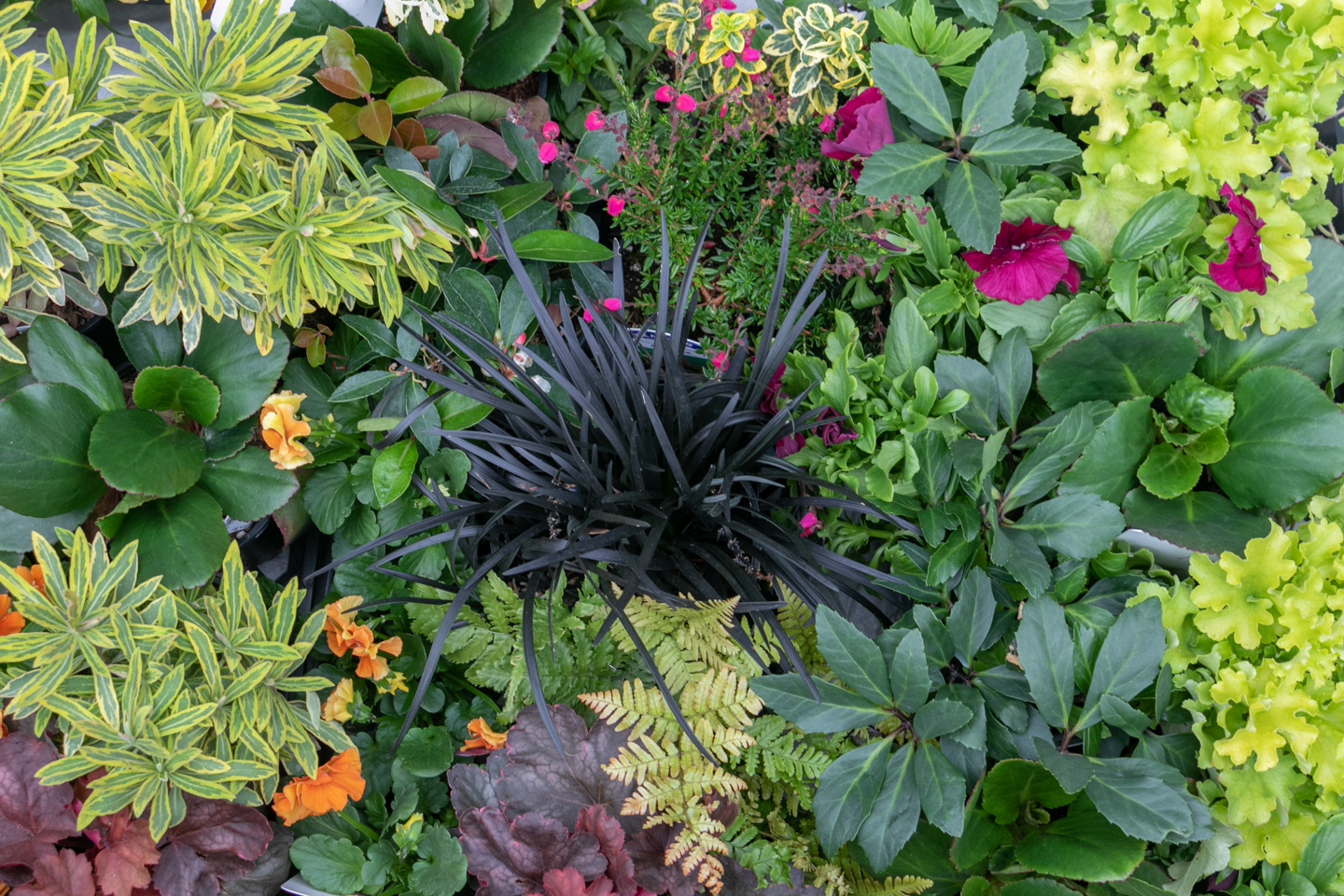
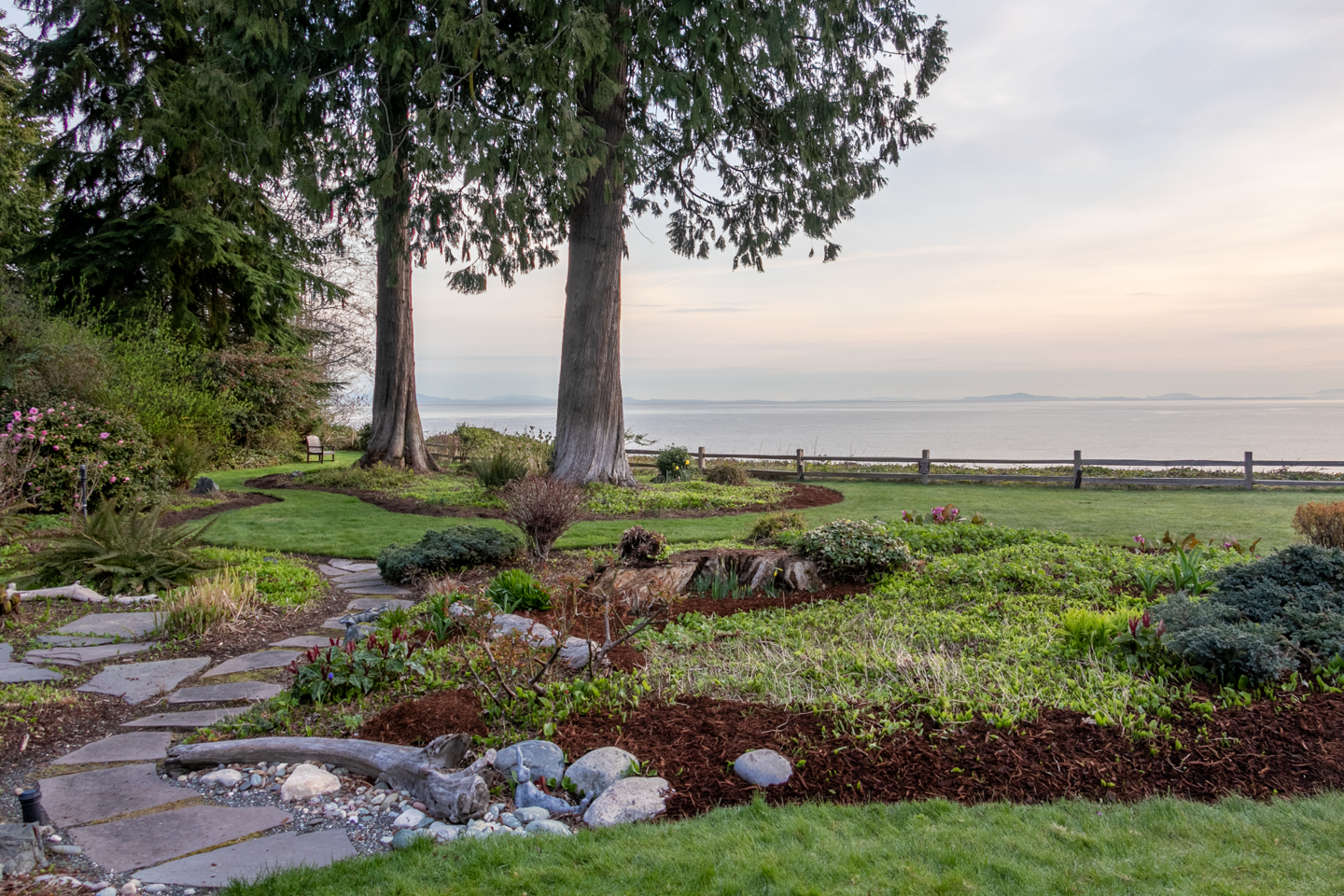
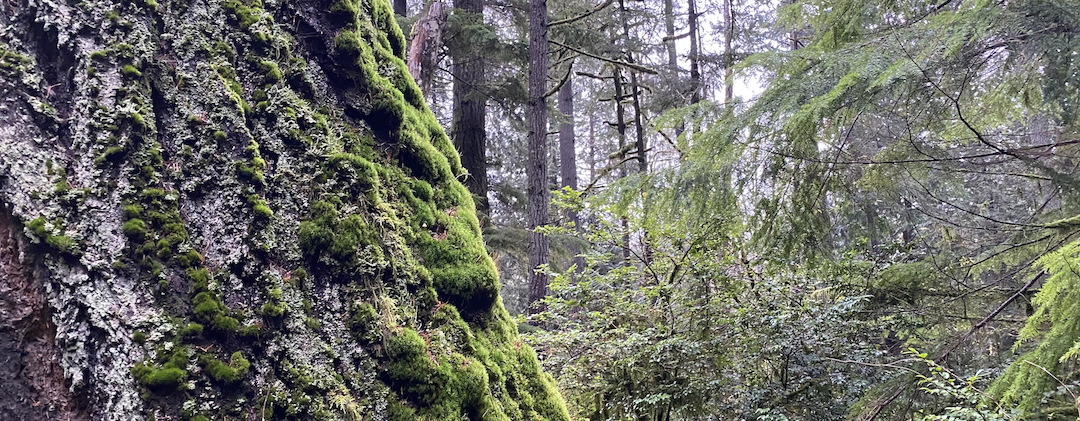

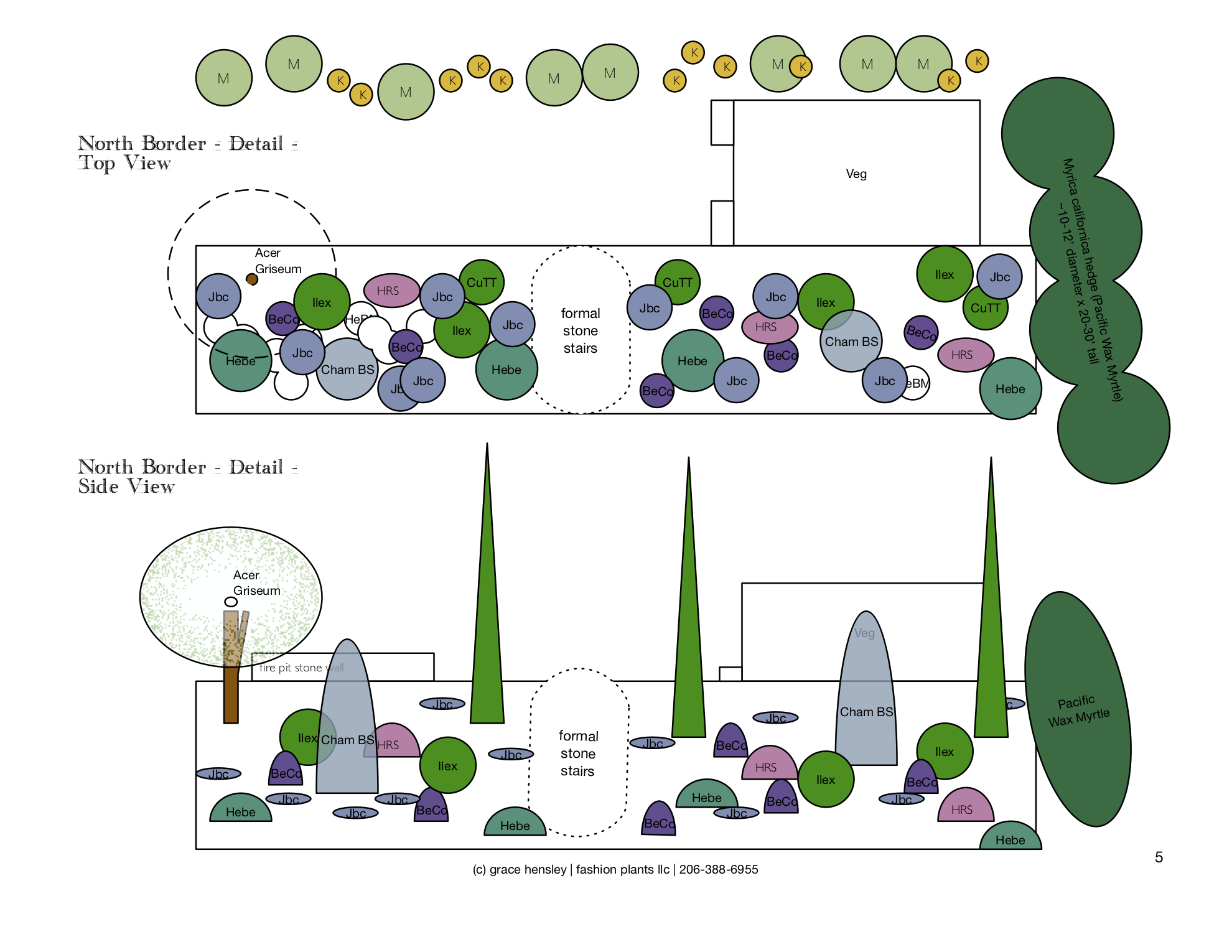




This Post Has 2 Comments
Sane advice from a wise friend of mine. Her zombie apocalypse could be the coronavirus (since she lives in the mountains a bit removed from our fault-line). Her strategy is still sound for any emergency: https://littlehouseonthefairyhill.com/2020/03/01/how-to-manage-a-grocery-stockpile
Pingback: Gardening for Uncertain Times - Fashion Plants